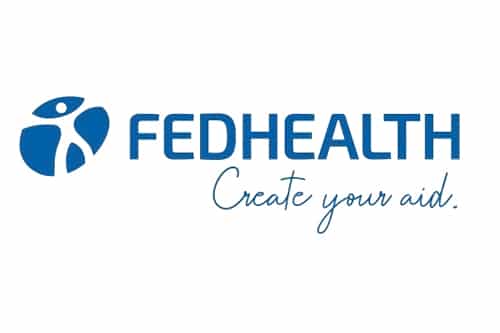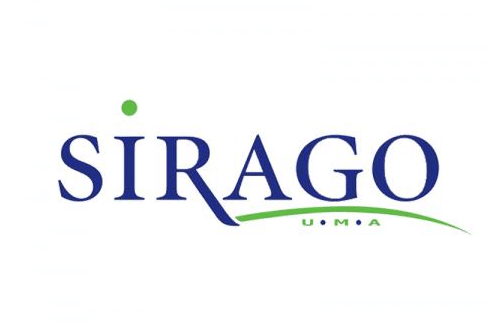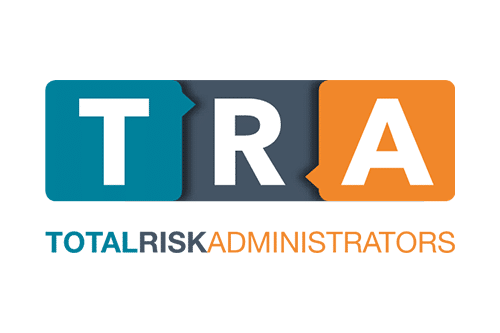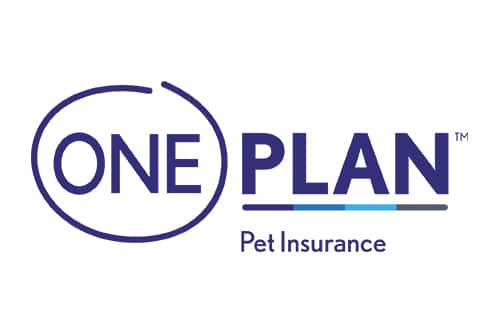
ICD-10 - A Beginner’s Guide
ICD-10, A Beginner’s Guide in South Africa revealed.
We verified ICD-10 codes and wrote a guide to follow.
This is a complete guide to ICD-10 codes in South Africa.
In this in-depth guide you’ll learn:
- What are ICD-10 codes?
- How long does it take to get an ICD-10 certification?
- How do you do the ICD-10 certification course?
- What are examples of ICD-10 Codes?
- Where can you lookup ICD-10 codes?
So if you’re ready to go “all in” with the best guide to ICD-10 codes in South Africa, this guide is for you.
Let’s dive right in…
ICD-10 – A Beginner’s Guide (2024)
Introduction

👉 In health care, diagnosis codes are used to group and identify diseases, disorders, symptoms, poisonings, bad reactions to drugs and chemicals, accidents, and other reasons why a patient sees a doctor.
👉 Along with intervention codes, diagnosis codes are used as part of the medical labelling process. Diagnostic coding is the process of turning written accounts of diseases, illnesses, and injuries into codes from a certain classification. A health professional skilled in medical classification, like a clinical coder or Health Information Manager, assigns both diagnosis and intervention codes.
👉 Several methods for classifying diagnoses have been used around the world, with different degrees of success. The different types of care, such as emergency, inpatient, outpatient, mental health, and surgical care, are the subject of each classification.
👉 The International Statistical Classification of Diseases and Related Health Problems (ICD) is one of the most commonly used methods for coding diagnoses because it makes it possible to compare and use data on death and illness.
👉 The World Health Organisation (WHO) came up with the standard alphanumeric ICD-10 numbers. They are printed on all medical bills and say exactly what disease or condition you have been diagnosed with and are getting care for.
👉 As our knowledge of health and medicine grows, the diagnostic codes are usually revised and updated to match the most up-to-date set of health knowledge. As new information is learned, the codes may be changed often.
👉 ICD-10 was approved by the 43rd World Health Assembly 30 years ago, in 1990. It was used for the first time by the WHO in 1994. WHO took over ICD when it was in its 6th version. There are about 42,000 ICD-10 numbers, and the World Health Organisation, which owns ICD, is in charge of keeping them up to date and in good shape. The country should follow their rules and standards.
👉 WHO gave the South African Department of Health the right to use ICD-10 in 1996, and it was put into use in July 2005 with the help of the Department of Health’s National ICD-10 Implementation Task Team.
👉 The National Department of Health and the Council for Medical Schemes both agree that ICD10 should be used in both public and private health care. The National Task Team (NTT) for the Implementation of ICD-10 has come up with and decided on the South African Coding Standards (SACS) for ICD-10 coding in South Africa.
👉 In 1996, the National Department of Health in South Africa made it the national standard. The National ICD-10 Implementation Task Team, which is made up of people from the National Department of Health and the Council for Medical Schemes, made ICD-10 happen in July 2005. The National Department of Health is still in charge of ICD-10.
👉 The structured coding method makes it easier for medical aid plans to handle claims. Since the diagnosis is clear, the plan knows exactly what benefits you are eligible for and from which benefit pool to pay the claim.
READ more about the Top 100 Medical Aid Questions Answered in South Africa revealed.
How the ICD-10 coding system works

👉 The marking system that is used around the world is made up of 22 large groups of codes, called blocks, that are each given a letter of the alphabet. Each block is divided into a number of smaller groups, many of which are further divided and linked to a specific description of your disease.
👉 For example, diseases of the endocrine system are in the E00-E90 code block. Diseases of the thyroid gland are in the E00-E07 subgroup. Hyperthyroidism is given the ICD-10 code E05, Graves’ disease is given the code E05.0, and a thyroid storm is given the code E05.5.
👉 In South Africa, the WHO ‘vanilla’ version of ICD-10, with a few local code additions, are used. The SA ICD-10 Master Industry Table (MIT), Jan 2014 (containing all WHO Corrigenda updates until January 2014), is the ONLY official reference list for ICD-10 codes appropriate for use in South Africa.
Why it is important that the correct ICD-10 Code is assigned

👉 It is important for doctors, experts, and other people who work in health care to give a condition the right ICD-10 code.
👉 For instance: If you were told you had Graves’ disease, which would be shown on the bill by the ICD-10 number E05.0, the medical aid programme would pay for the consultation and any medicine you were given by taking money from your daily benefits or medical savings account. If these benefits had already been used up, your claim would not have been paid.
👉 But if the ICD-10 code on the bill was E05.5, which means that you were diagnosed with a thyroid storm, the medical plan would have to pay your claim in full, not from savings but from risk.
👉 Why? Hyperthyroidism “with life-threatening complications” is a disease with a “prescribed minimum benefit” (PMB) that all South African medical aid plans must cover in full by law.
Discover more about Health Insurance
Learn how to check ICD-10 codes to ensure your medical claims are paid

👉 Now that you know what ICD-10 numbers are and how they work, you can help to make sure that your medical aid will pay for your medical bills. The ICD-10 coding system is a clear way for medical aid programmes in more than 25 countries to decide how to spend their money. Online, you can find both the codes and the findings that go with them.
👉 So, before you send in an invoice or fill out a medical aid claims form, make sure that the ICD-10 code matches the diagnosis that the doctor told you after the appointment.
👉 ICD stands for International Statistical Classification of Diseases and Other Health Problems. It is used with the procedural coding system.
Some more benefits of ICD-10 coding

👉 The effective application of ICD-10 codes is beneficial for a number of reasons, including the accurate or appropriate reimbursement of accounts by medical schemes and the identification of medical trends.
👉 Data collection, which ultimately results in the production of statistics on a global scale, also makes use of the ICD-10 codes. It contributes to the improvement of both the quality of medical care (which may be measured by determining whether or not a patient requires care and treatment) and clinical management.
👉 The following are an example on ICD-10 coding:
👉 Scenario: a 4-year-old boy was playing soccer at home when he slipped and fell. An X-ray was done, and the report indicates that he has a fracture of the shaft of the femur.
👉 The ICD-10 code for Fracture of Shaft of femur is S72.30 (The 5th character must be coded – 0 is for close fracture and 1 indicates open fracture).
👉 A fracture not indicated as closed or open should be classified as closed.
👉 The last two digits are for a place of occurrence and Activity code. Together with the fracture code an external cause code must be added – external cause code: patient slipped and fell while playing soccer-W01.00
Frequently Asked Questions
What are ICD-10 Codes?
ICD is an abbreviation of International Statistical Classification of Disease and Related Health Problems, in other words the diagnostic coding structure. It is used together with the procedural coding structure.
What does an ICD-10 code mean for health care?
The International Classification of Diseases (ICD) is designed to promote international comparability in the collection, processing, classification, and presentation of mortality statistics.
Why are ICD codes used by doctors and other health care institutions?
The ICD codes are important because it provides a common language for recording, reporting and monitoring diseases. This allows the world to compare and share data in a consistent and standard way – between hospitals, regions and countries and over periods of time.
How is the ICD-10 used in diagnosis?
ICD-10-CM is a standardised system of diagnosis codes that are used to report medical claims in all healthcare settings. These codes represent conditions and diseases, related health problems, abnormal findings, signs and symptoms, injuries, external causes of injuries and diseases, and social circumstances.
Why do doctors use ICD-10 codes?
ICD-10 code sets will enhance the probability that your medical aid will pay for incurred expenses. It also provide quality of data for tracking public health conditions (complications, anatomical location), improved data for epidemiological research (severity of illness, co-morbidities) and the measuring of outcomes and care provided to patients.
Do hospitals use ICD-10 codes?
Yes, hospitals also use ICD-10-codes. These coding systems serve an important function for hospital payments, quality reviews, benchmarking measurement and the collection of general medical statistical data.
How many ICD codes are there?
There are over 70,000 ICD-10- procedure codes and over 69,000 ICD-10-CM diagnosis codes.
What is some of the most frequently asked ICD-10 codes?
Hyperthyroidism ICD-10 code is E05
Graves’ disease ICD-10 code is E05.0
Thyroid storm ICD-10 code is E05.5.
HIV disease resulting in multiple infections ICD-10 code is B20.7
Malignancy of the breast (breast cancer) ICD-10 code is PDX: C50.9
Metastatic liver cancer ICD-10 code is PDX: C80
Chemotherapy session for neoplasm ICD-10 code is Z51.1
Chronic bronchitis with emphysema ICD-10 code is PDX: J44.8
Essential (primary) hypertension ICD-10 code is I10.
Aortic valve replacement ICD-10 code is Z95.4
Dermatopolymyositis ICD-10 code is M33.92
What is ICD-10 codes for Pregnancy to giving birth?
Real life example:
Patient admitted for breech presentation. Elective caesarean section carried out. Delivered a healthy live born
infant.
PDX: O32.1 Maternal care for breech presentation
SDX: O82.0 Delivery by elective caesarean section
SDX: Z37.0 Single live birth
Some challenges experienced in the coding of diagnosis

👉 The lack of clinical information from health care professionals, such as when scans, tests, and scopes are performed but no feedback or report is supplied, is one of the issues that coders face. This lack of clinical information can lead to short payment of accounts due to misuse of or over-coding the patient.
👉 According to POPIA (The Protection of Personal Information Act, No. 4 of 2013), physicians are prohibited from disclosing certain diagnoses without the prior consent of their patients.


































